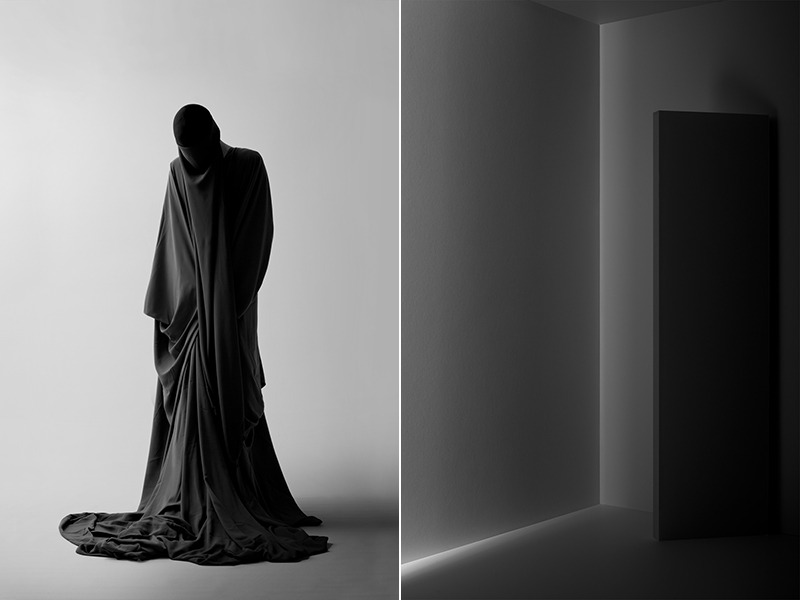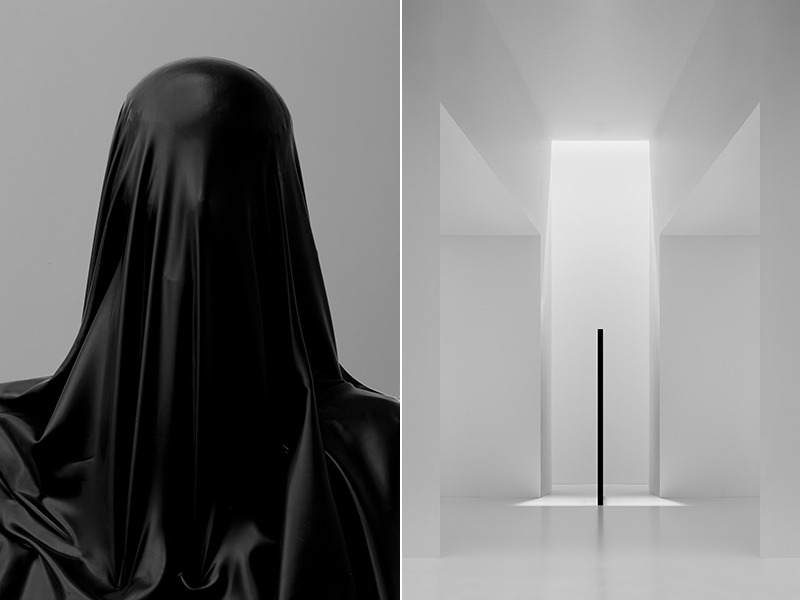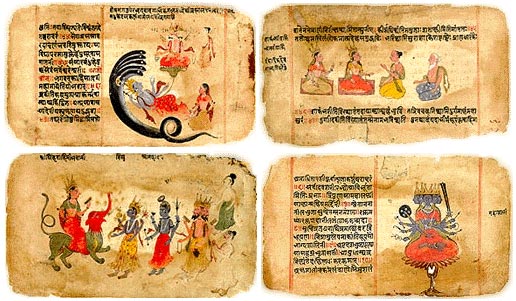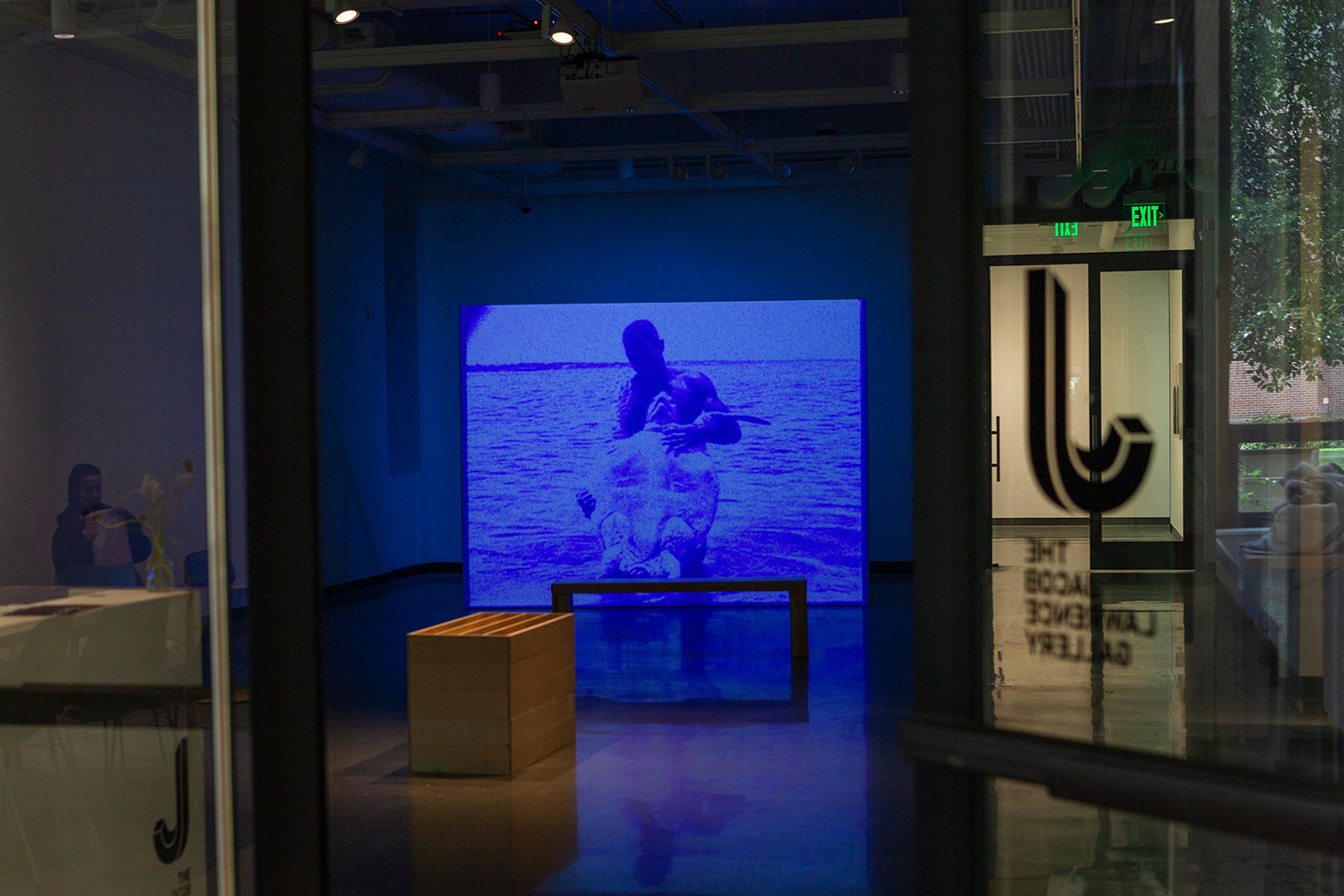There is no romance as elusive and magnetic as that between body and space. The pursuit of distinctive identity, formulaic functions and ideal wholeness between the human self and environment (naturally encountered or human-created) has impressed upon every aesthetic expression.
Vedas, a collaborative photographic project between Nicholas Alan Cope and Dustin Edward Arnold, continues this dialogue in a language of human anonymity and geometric presence. Chambers, hallways and corners resonate with sensuality; architectural elements take on a humanized significance within their space. Textures are explored in fine detail — but it is really light that has the most mass in Cope’s photography. We are challenged with the spectacle of geometry and light as identities within space, not as places or unintentional frameworks.


In a reversal of habitual experience, the bodies expressed in the work of Cope and Arnold assert that identity is secondary to effect. Devoid of character, these bodies engage composition with dystopian symmetry and the unease of unidentifiable organic form. We are faced with the anonymity of bodies that we know to be akin to ours, which reveal themselves through encounter with textiles and light, but we are confronted with their abstraction, which is beyond our control.
On occasion, Cope and Arnold allow us to spot a moment of accidental humanity, in the form of an Achilles heel peering from under the impression of the untouchable, the soft outline of lips to balance geometric solidity, or the minute outline of hands gripping a regal and drowning shroud. Vedas is minimal and poetic in its celebration of the power that lies in simple geometry to transform the character of void and to objectify being. Therein lays the power of Cope and Arnold’s photographic project, allowing us to consider bodies as voids and architectural spaces as their own protagonists.



About The Vedas (वेदाः)
The Vedas are a collection of Hindu texts relating sacred and practical knowledge. Described as apauruṣeya, or “not of human agency”, their essence lies in the absence of an author — human or deity. Through the void of identity, the Vedas reveal the greatest Truth as a śrúti (श्रुति) or “what is heard”; their contents were initially revealed through the “cosmic sound of truth” and later translated into something that could be understood by humans.
The parallels between the ancient Sanskrit texts and the work of Cope and Arnold become clear when one notes that the duo’s aesthetic “rightness” represents universally inherent knowledge of symmetry, proportion and composition. These elements reveal themselves in the photography, which has no distinctive imprint of the artists’ personas.









ABOUT NICHOLAS ALAN COPE
“Raised in Maryland, Nicholas moved to Los Angeles in 2004 and attended Art Center College of Design. Since graduating Nicholas has worked for a number of commercial and editorial clients while also working on personal projects. His first book Whitewash was released by powerHouse Books in April of 2013.”ABOUT DUSTIN EDWARD ARNOLD
“Splitting his time between commercial endeavors as a creative director and his collaborative work as the photographic team Cope/Arnold. Dustin views image making as an extension of sculpture, often crafting an image’s content conceptually, physically and digitally through pre and post production as a part of his working practice.”ABOUT THEIR COLLABORATIONS
“Both with varying backgrounds in photography and design Nicholas and Dustin met through a commercial project in 2007 and began their first collaboration in October of 2009. Each working beyond their respective discipline they combine the mediums of painting, chemistry, sculpture, fashion and installation as a part of their image-making process.Their first project Putesco (2009) explores classical composition and aesthetics through decomposing still lives. Aether (2010) is a mixture of painting, chemistry and photography, dealing with perception of the abstract. Stamen (2010) takes that same interest in the abstract applied to conventional floral arrangements, while Vedas (2011) marked their move into fashion imagery through photographing sculptural garments of their own design.”
www.cope-arnold.com
www.cope1.com
www.dustinarnold.com
Ω








[…] Encountering the Abstracted Body and Architectural Persona in Vedas by Nicolas Alan Cope and Dustin Edward Arnold: http://www.redefinemag.com/2013/bodies-identity-and-architectural-space-vedas-by-nicolas-alan-cope-d… […]
[…] ENCOUNTERING THE ABSTRACTED BODY AND ARCHITECTURAL PERSONA IN VEDAS BY NICOLAS ALAN COPE AND DUSTIN EDWARD ARNOLD // http://www.redefinemag.com/2013/bodies-identity-and-architectural-space-vedas-by-nicolas-alan-cope-d… […]